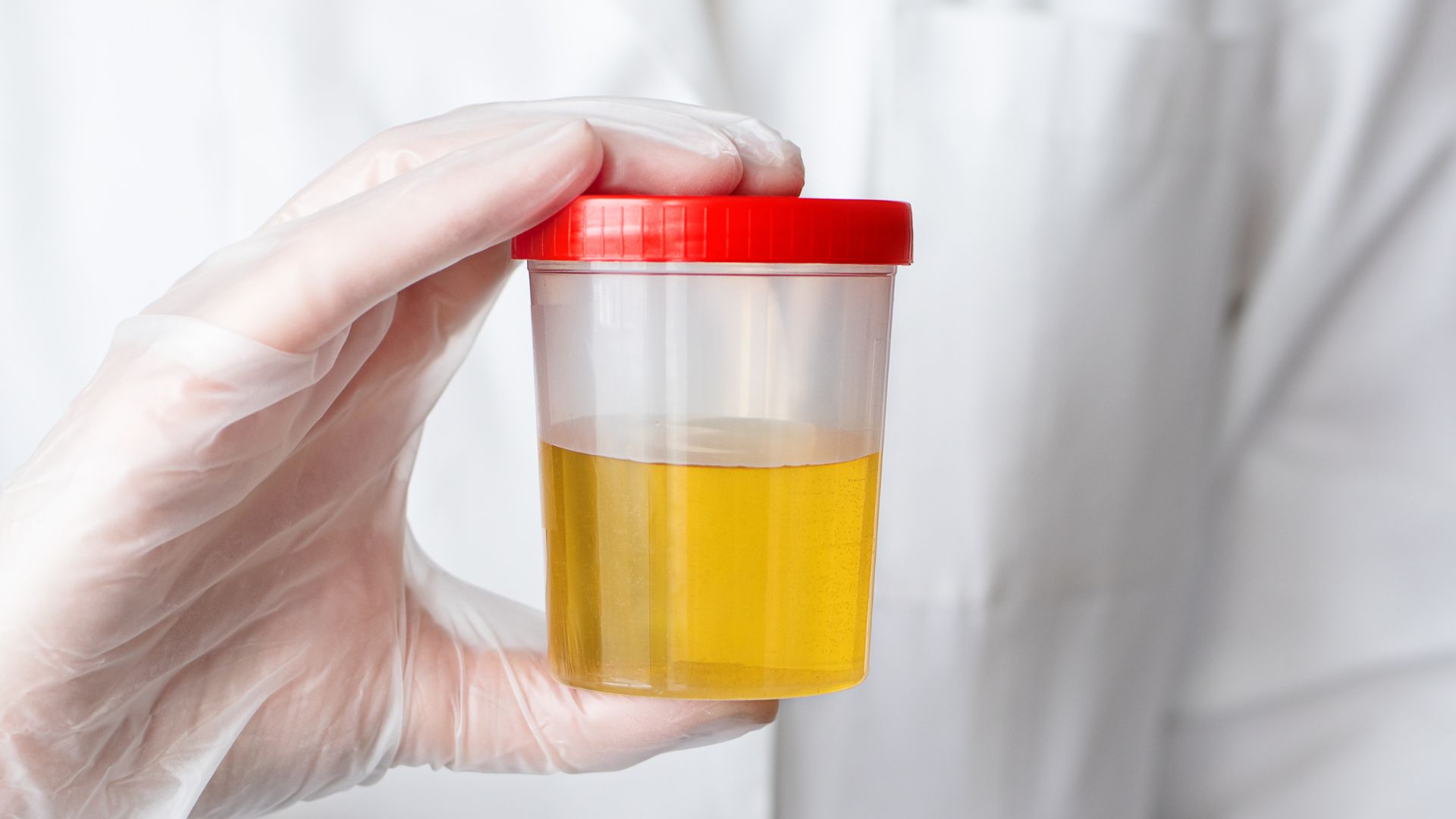
What are Urine Specimen Collection Procedures for a DOT Drug Test?- 06 Dec
If you are a DOT-regulated company required to perform drug and alcohol testing, you must be aware of the urine specimen collection procedures.
DOT drug testing is conducted under the authority of the Department of Transportation (DOT) and is regulated by parts 40 and 382 of Title 49 CFR. According to these regulations, a DOT-regulated company must adhere to specific standards when conducting drug tests.
Read more: Dot Drug Testing Can Be Complicated; Let Us Help Make It Easy.
If an employee refuses to provide a specimen or is unable to provide one, it may result in disciplinary action. We will discuss the urine specimen collection procedures and what you need to do if an employee refuses to provide a specimen.
What Does the Urine Specimen Collection Process Entail?
The urine specimen collection process is conducted securely and professionally, according to the guidelines established by the United States District Court. The process begins with an individual providing a sample of their urine in a designated container provided by the laboratory or drug testing facility conducting the test. This urine specimen will then be sealed with a tamper-evident seal and stored until it is sent for testing.
Before the specimen is tested, several steps must be taken to ensure the accuracy and reliability of results. For instance, the collector will typically document specific details about the collection process, including the time of collection, the temperature of the sample, any observed unusual appearance, and the seal number. The specimen will also be thoroughly examined for any signs of tampering or adulteration, such as residue from cleaning agents, which could interfere with the results.
The sample must be split into two containers: an “A” bottle and a “B” bottle. The “A” bottle is sent to the laboratory for analysis, while the “B” bottle is kept in storage and can be used for further testing if needed. The collector will then document all the relevant information about the collection process on a chain of custody form that is included with the sample. This ensures that the specimen is tracked throughout its entire lifecycle and helps maintain its integrity.
Finally, the specimen will be sent to the laboratory for testing, and results will typically be available within 48 hours. After the test is completed, the collector will also provide a report detailing the findings of the analysis and any further recommendations regarding possible follow-up action.
Importance of Proper Urine Specimen Collection Procedures
Urine Specimen Collection procedures are essential to ensure the accuracy and integrity of drug testing results. Proper collection methods must be followed to meet Department of Transportation (DOT) regulations and any additional safety protocols set by employers. The steps taken during a urine collection must adhere to strict guidelines to safeguard the security and confidentiality of all involved parties. The chain of custody, storage, and handling must be carefully monitored to guarantee the accuracy of results.
DOT consortium drug testing requires a stringent collection process of urine specimens to ensure the accuracy and validity of the results. Call Total Reporting for the best specimen collection procedures. You can sign up for our services confidently, knowing that we follow the guidelines and requirements set out by the Department of Transportation.




Sorry, the comment form is closed at this time.